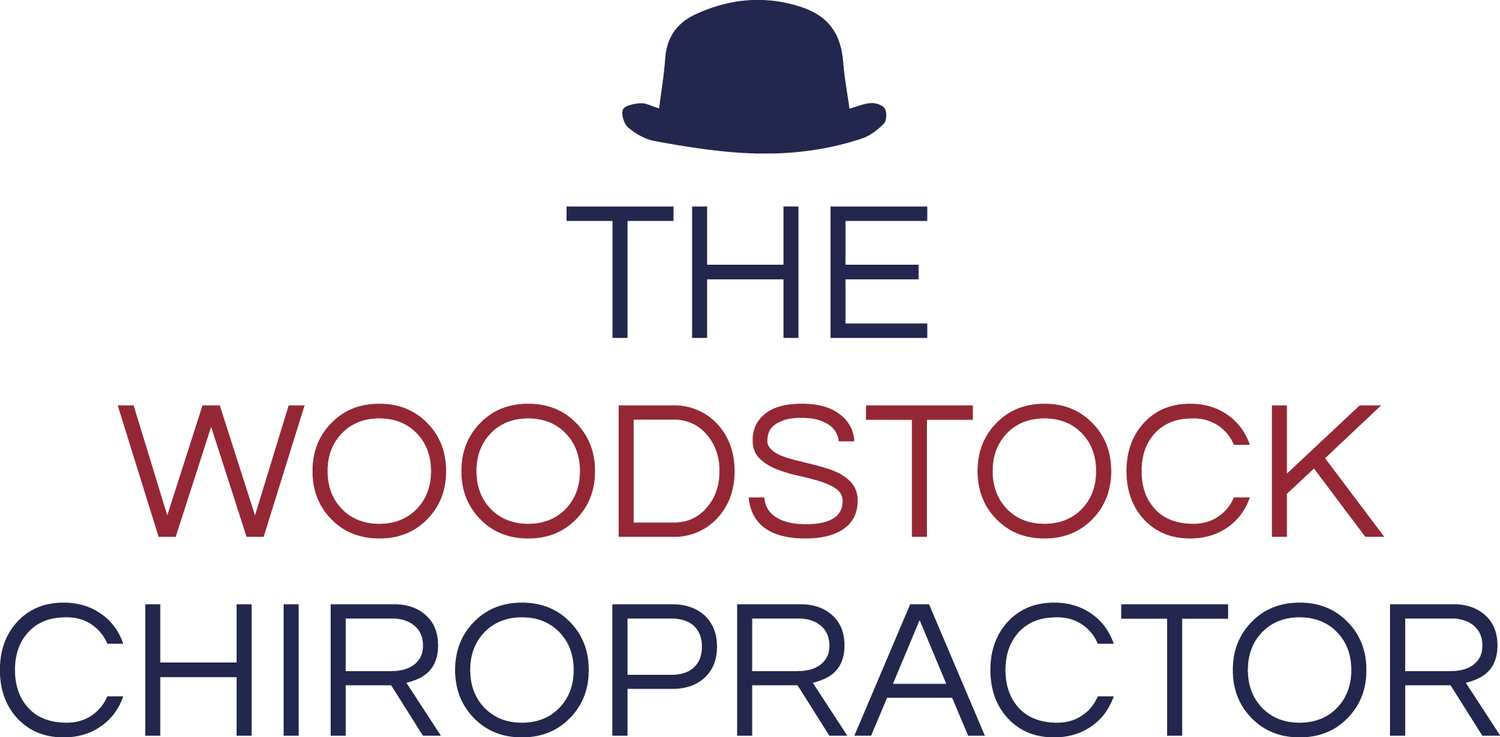Despite chiropractic being around since 1895 and undergoing significant developments, there are many misconceptions. This blog aims to debunk some of the most common myths surrounding this treatment technique.
Myth 1: Chiropractic is painful
Chiropractic care aims to alleviate the pain and discomfort you are experiencing in your daily life. Although you may experience some discomfort during the treatment, the aim is to relieve your pain, not further it. If a patient experiences particular discomfort during treatment, that modality is immediately stopped. Following treatment, you may also feel some mild soreness (similar to that after a good workout), but this should lessen in 24 hours and be less frequent with a few more visits.
Myth 2: The sound is your bones cracking
When people think of chiropractic care, they often associate it with cracking and popping sounds, and instantly believe the bones produce those noises. However, these sounds are due to small pockets of air being released from the fluid surrounding your joints as they are stretched during the treatment (think of it as bubble wrap). Furthermore, these noises are not the be-all and end-all of the treatment. The chiropractor is more interested in achieving movement in the joints than creating a popping noise.
Myth 3: Chiropractic is just for your back
Chiropractors are known primarily for treating back issues, but are educated on many areas of the human body. Chiropractic is an efficient treatment option for many neurological and orthopaedic issues (i.e. tennis elbow and plantar fasciitis). The chiropractor may focus on the spine for aspects of treatment, but this is due to the nervous system stemming directly from it.
Myth 4: You can adjust yourself
This can be dangerous, as you will not only be ineffective, but can also increase the pain you are experiencing. Although you may recreate the pops and cracks yourself at home, you will not be targeting the joints most in need of further mobility, so you will not achieve the same results. Chiropractors are trained professionals educated in applying the right force in the right direction to ensure that the treatment is as effective and pain-free as possible.
Myth 5: Once you start chiropractic treatment, you will need it for the rest of your life
Although chiropractic isn’t a one-hit wonder, it does not require you to dedicate your whole life to receiving treatment. When a chiropractor first sees you, they will decide on a care plan tailored to you, your condition and your goals. Following the completion of this original plan of care, it is recommended that you return for regular chiropractic care to help maintain a healthy lifestyle, similar to your routine visits to the dentist or GP. However, this decision is completely up to you.




